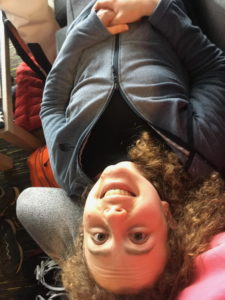20th March 2018 – Finding our sea legs in the Drake Passage
I was jolted awake at midnight as we hit the Drake Passage and the swell increased significantly, rocking me in bed. I roll one way, hit the wall, and then roll the other way and hit the wooden bed panels. My stomach sinks with the swell and churns, leaving me feeling a little queasy. I lay there hoping that my seasickness medication will work and that my fellow companions are feeling okay.
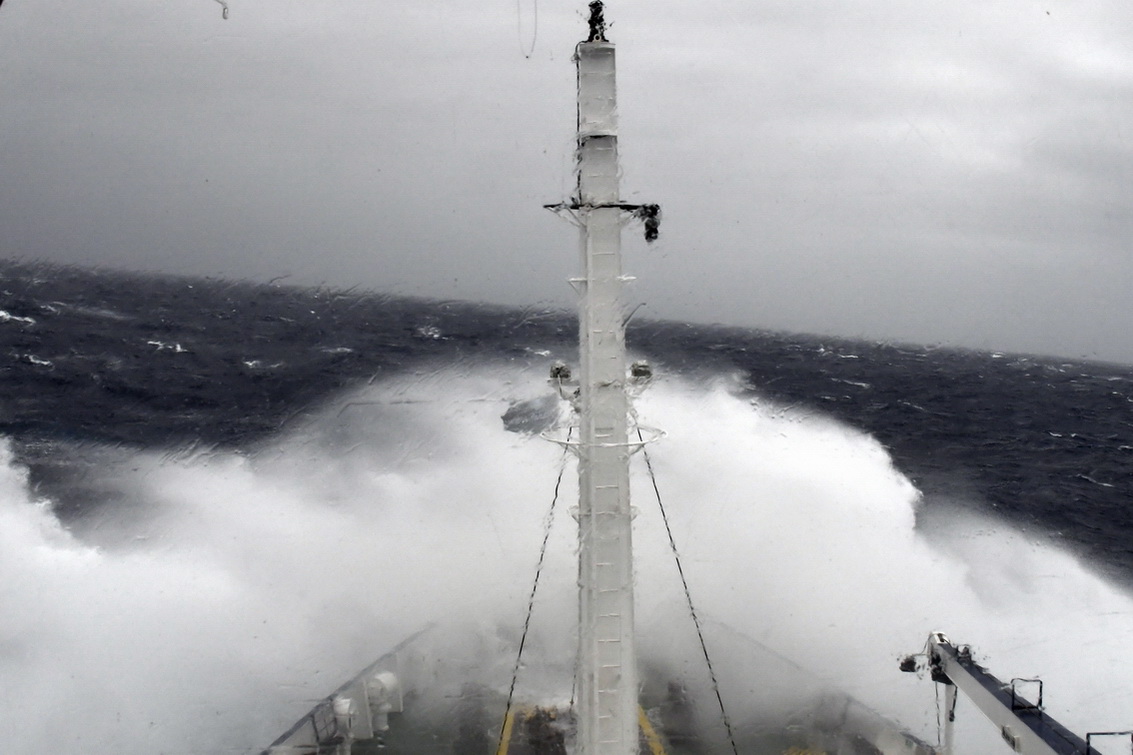
Waking up in the morning for breakfast is a weird and slow start as I try and get my feet on the ground, looking for stability. Stumbling down the hallway, always making sure to have one hand for the boat and one hand for me, or more often than not, two hands for the boat and none for me, I make my way through to the dining room for breakfast. Who is all going to join us for breakfast? And more importantly, who is going to make it through breakfast?

The day is spent caring for our seasick friends; bringing toast, crackers, filling up water bottles, finding the doctor and doing the best we can to help. Sitting in the lounge we manage to spot some seabirds, like our first wandering albatrosses! Though with the big swell and no reference point, it’s difficult to fully comprehend the magnitude of these majestic birds with a wingspan that ranges between 305cm and 355cm. We even brave it up to the bridge but struggle to find a stable centre of gravity.
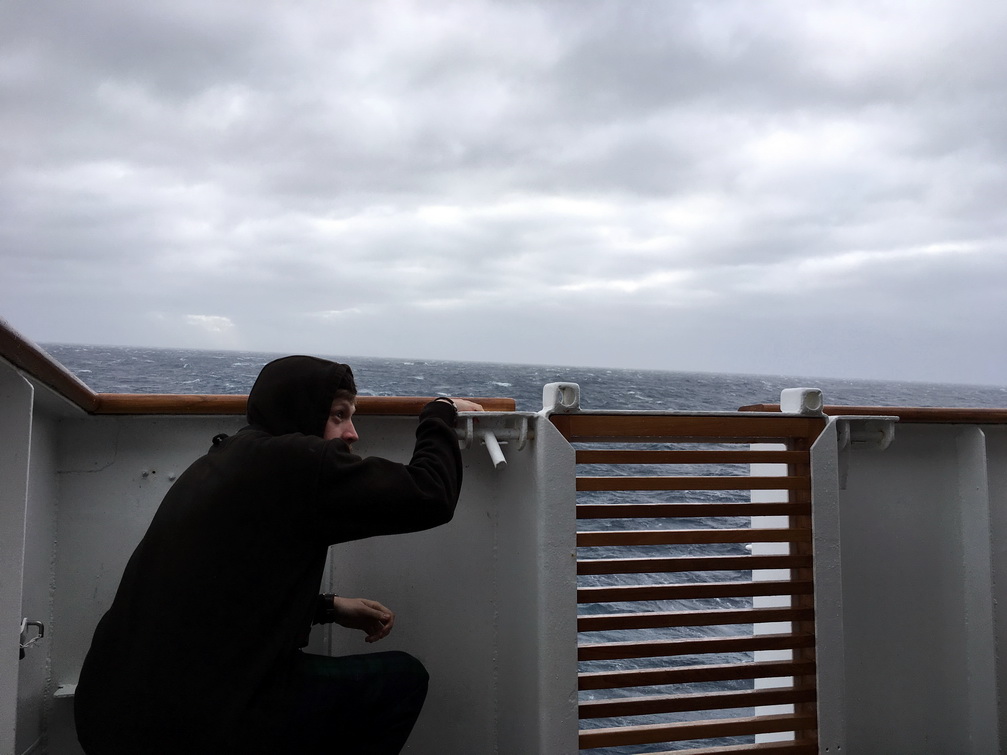
Even more impressively, we see a very special and rare marine mammal. Meet Dumbalus illuminati, a gentle giant of the marine world that grows its own algae on its nose using its lantern (see picture below- we drew one for you in the draw bits of an animal game….). They have large flapping ears and two legs that help propel them forwards, similarly to a duck trying to take off. D. illuminati has portholes to allow Pinnochio to look outside after being swallowed and it has eyes along its tail. The eyes are used to see predators so that they can hit them with their spikey tail. A magnificent mammal to say the least.
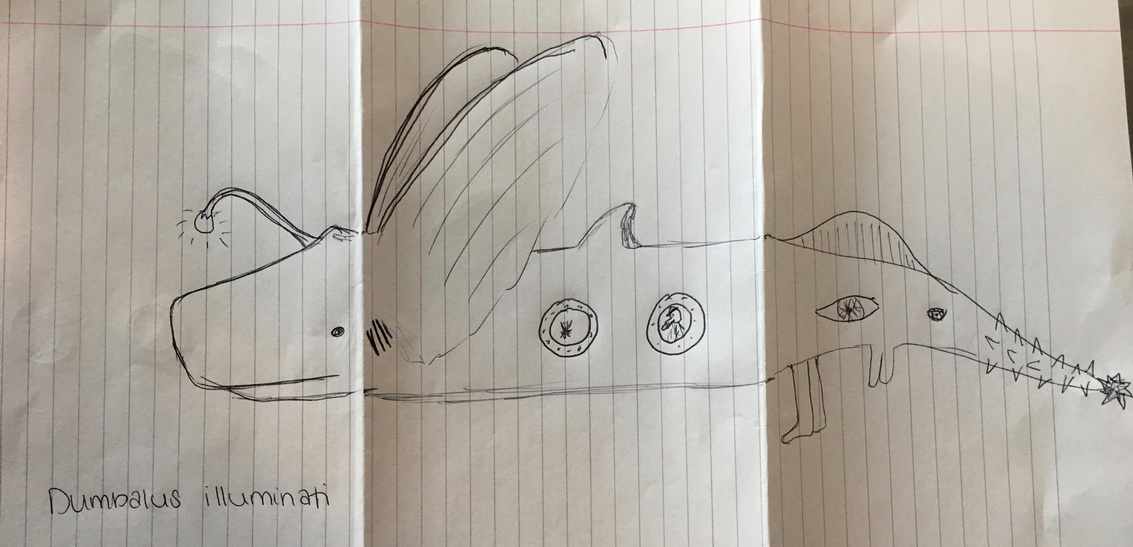
There were some interesting talks throughout the day on albatrosses and seabirds, glaciers and a general introduction about Antarctica. Though I will put a disclaimer out there: I only attended one of the talks as the drowsiness from my seasickness medication got the better of me.
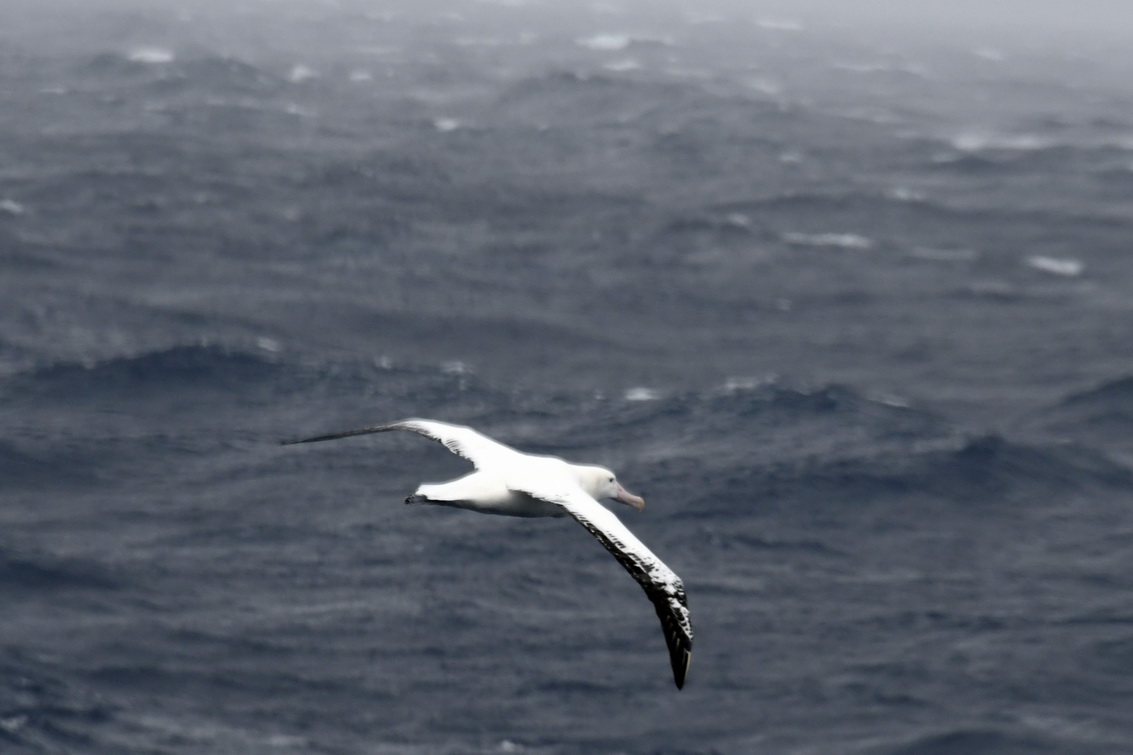
The swell slowly increased throughout the day and we had to change course a couple of times. Over the loudspeaker we are assured that we are no longer pitching, instead we are rolling, though the boat movements are still not ideal. Especially not for those still suffering from seasickness. Glasses go flying during dinner and you have to make sure to have one hand gripping the table and the other hand gripping your plate so that neither you or your plate go flying. However, that doesn’t leave you with a spare hand to eat with! During all of this, the waiters and waitresses continue to skilfully carry multiple plates with both their hands. Very impressive!
After dinner, we had a recap of what we saw, alongside a demonstration of how large the wingspans are of the different birds we will be seeing using a piece of string. It surprises me every time just how large some of these Antarctic species are!
Written by Madlaina Michelotti

